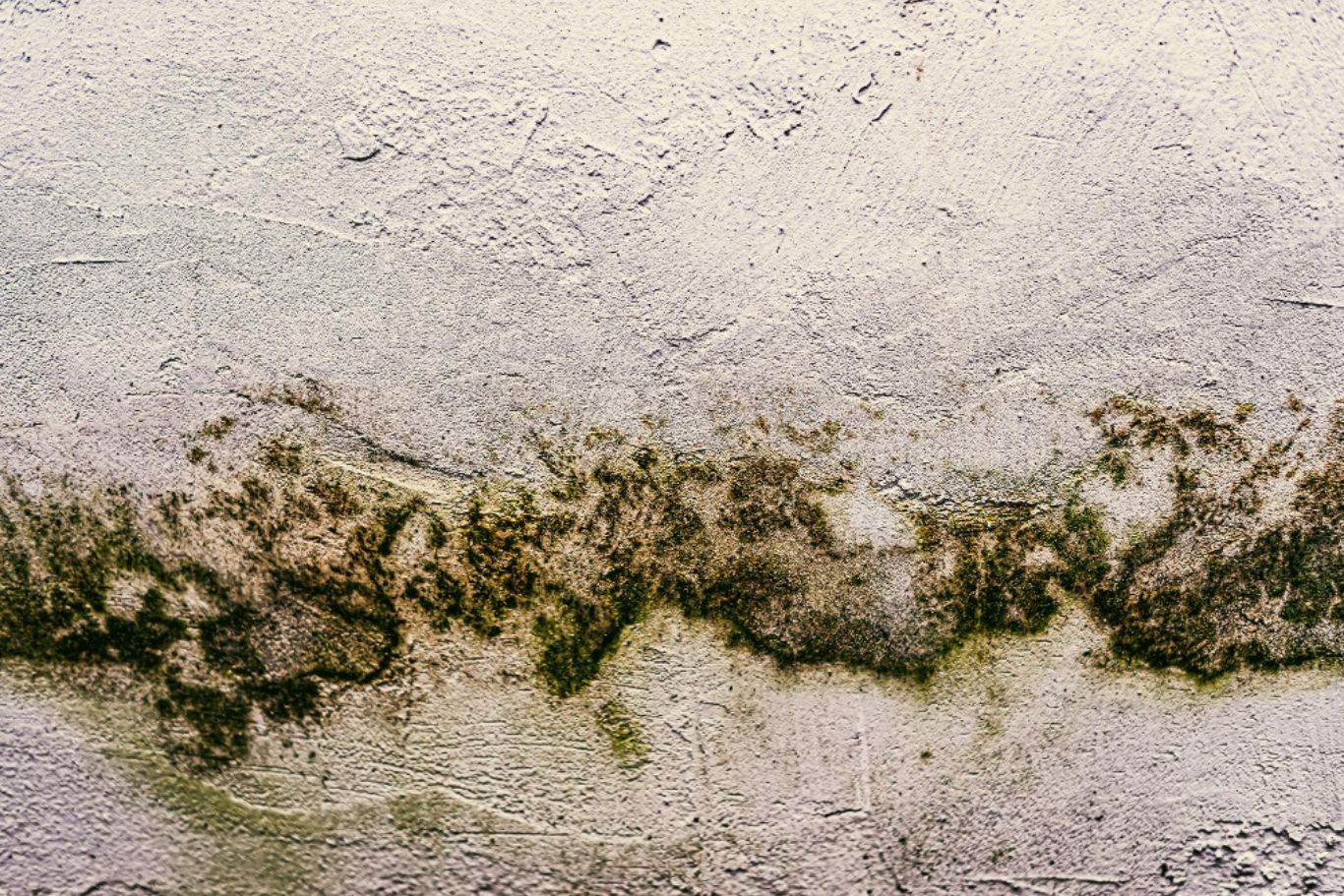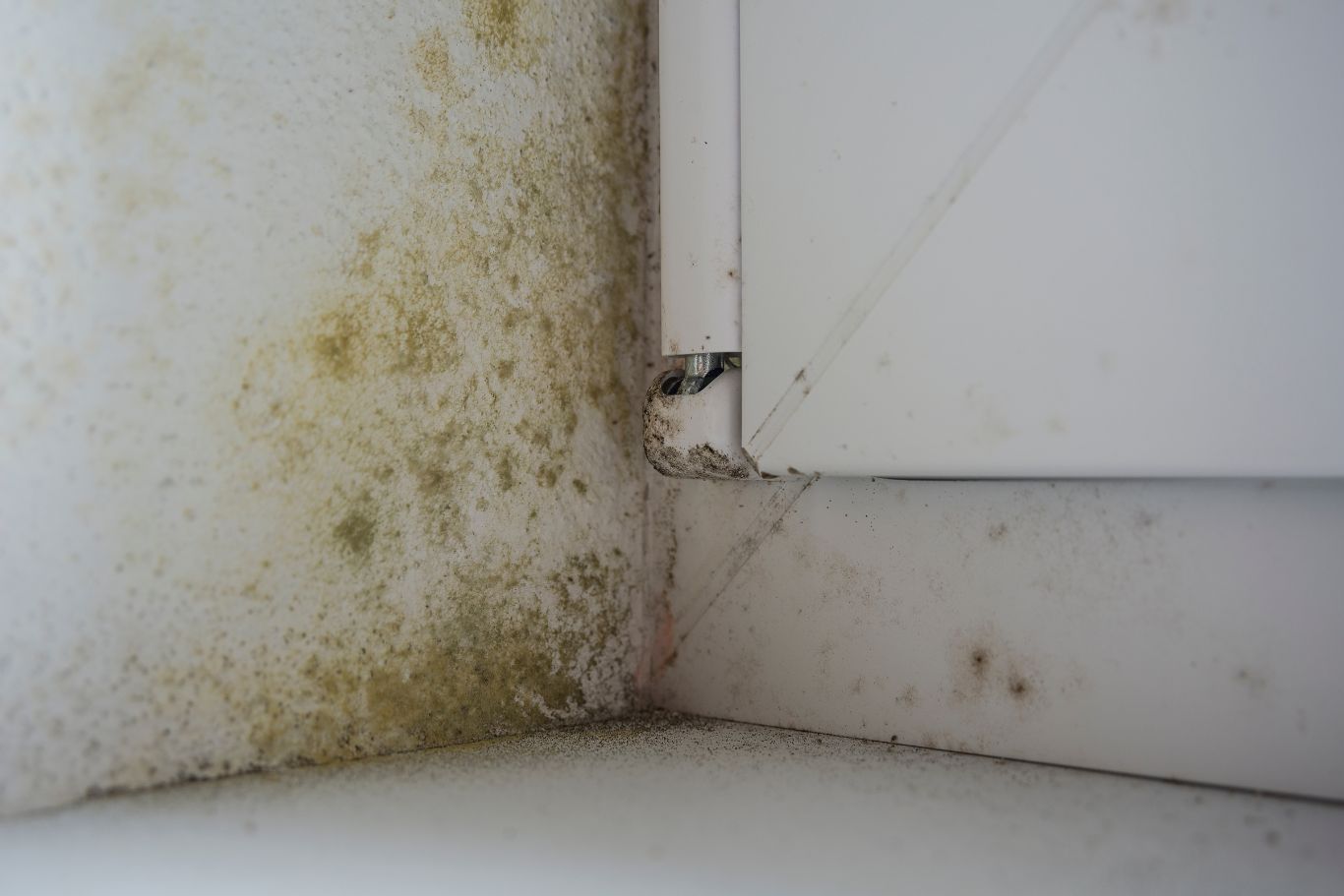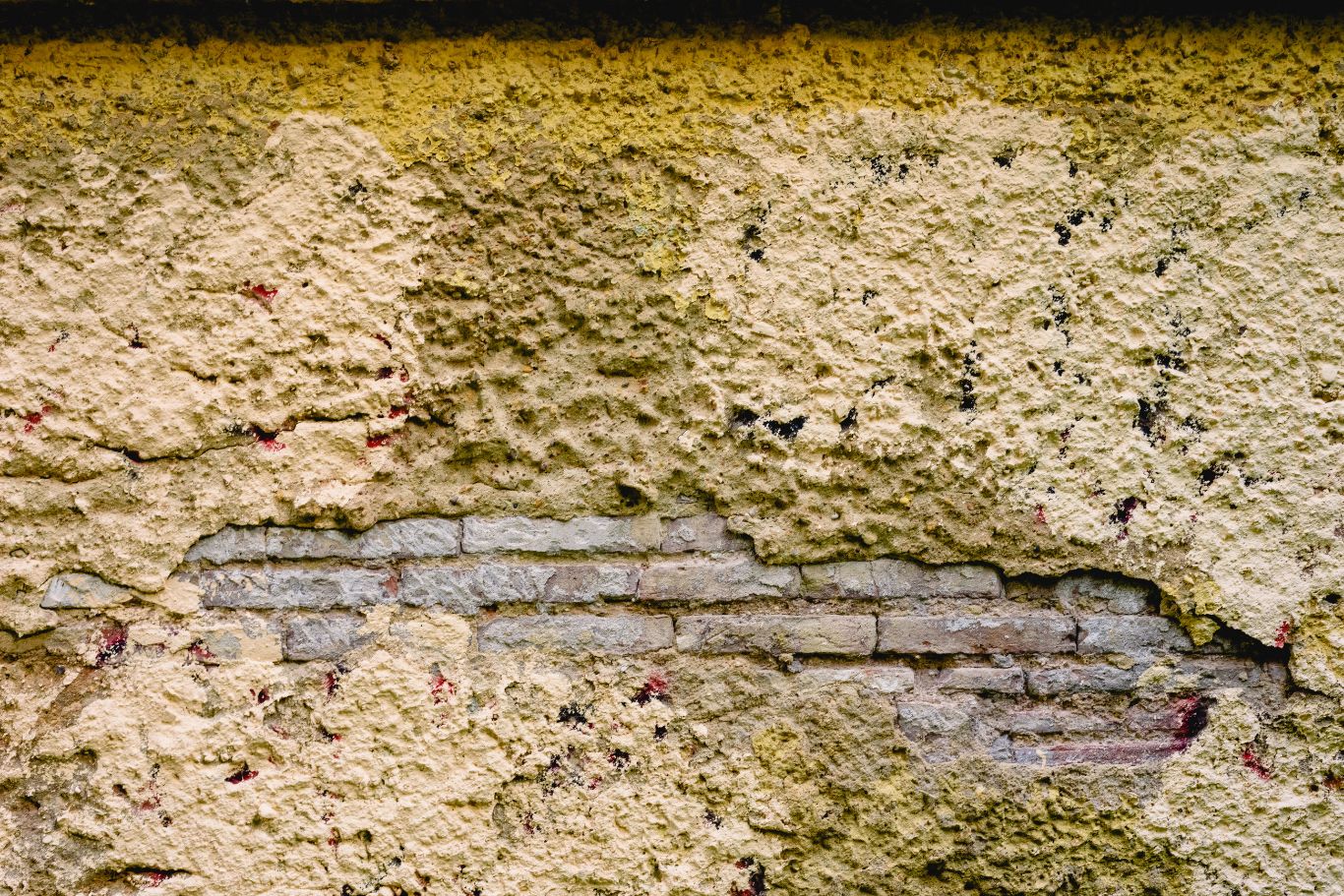Effective Protection Against Rising Damp
Waterproof Co. stops rising damp by sealing walls against moisture, protecting your property from damage and mold.


Rising Damp Solutions
Rising Damp occurs when moisture from the ground is pulled up through walls and building materials, causing it to appear as if it is rising from the floor.
This is one of many water problems our clients experience. It can stay hidden within walls for a long time, gradually damaging the building’s structure. The early signs of rising damp may be mild enough that property owners don’t notice until serious damage, such as weakened stumps, footings, and bricks, becomes clear.
Rising damp in walls often happens because a Damp-Proof Course (DPC) is either not installed or has failed due to age or poor installation. A similar problem can occur with ground concrete slabs if the vapor barrier (commonly known as builder’s plastic) is missing or damaged.
What are the Common Signs of Rising Damp to Watch For?
A musty smell may indicate rising damp, often noticed behind skirting boards. Detection typically occurs when walls are opened and the structure appears rotten.
Rising damp is also characterized by a whitish powdery tide mark (Efflorescence) on affected walls, caused by salt brought to the surface through evaporation, accumulating at the peak of the damp.
Common signs of rising damp:
- signs of salt / white deposits
- Dark spots on walls that feel damp – Check if the brick or masonry is wet, not just the plaster or wallpaper.
- Damaged plaster, peeling wallpaper, and bubbling paint near the floor.
- Wet and moldy odor.
- Color changes and dark mould spots
- Rotting wood like baseboards, floorboards, and beams.
- Worn-out mortar joints
Mould and damp spots can be hidden and not always easy to see.
- There is a musty smell
- There is common moisture inside
- The home often feels humid.
Water issues can also come from the concrete slab under the flooring.
Often, we see that the moisture barrier (plastic under the concrete slab) is damaged or not put in properly during construction. This allows moisture to rise through the concrete slab and harm the flooring.

Fixing rising damp in walls – Waterproof Co. injectable DPC
We treat Rising Damp by injecting a damp-proof course (DPC) where there isn’t one installed.

- We create holes at regular spacing. The distance between the holes can change based on factors like the type of brick, the size of the cavity, and how far the product spreads when injected.
- We apply our special water repellent (PWR) chemical to the wall, creating a damp proof course (DPC). This barrier stops moisture from rising through the walls and protects the bricks from further damage.
- The product is clear/invisible but may slightly darken the area where applied. It uses white spirit as a carrier, which has an odor that quickly goes away.
- The product seals the pores of the surface, making them smaller – water cannot get through, but air can. This method can be used with our other systems to fix moving cracks, wide gaps, or empty spaces.
There are 3 main types of damp in buildings, with Rising Damp being one of them.
Excess moisture in a building can come from things like leaky pipes or damaged gutters and roofs. However, a lot of damp issues in buildings are due to rain getting in, condensation, or rising damp.
The visible signs of these three types of dampness may look quite similar to someone who is not trained. This is why penetrating damp and condensation can be confused with rising damp, and the other way around.



